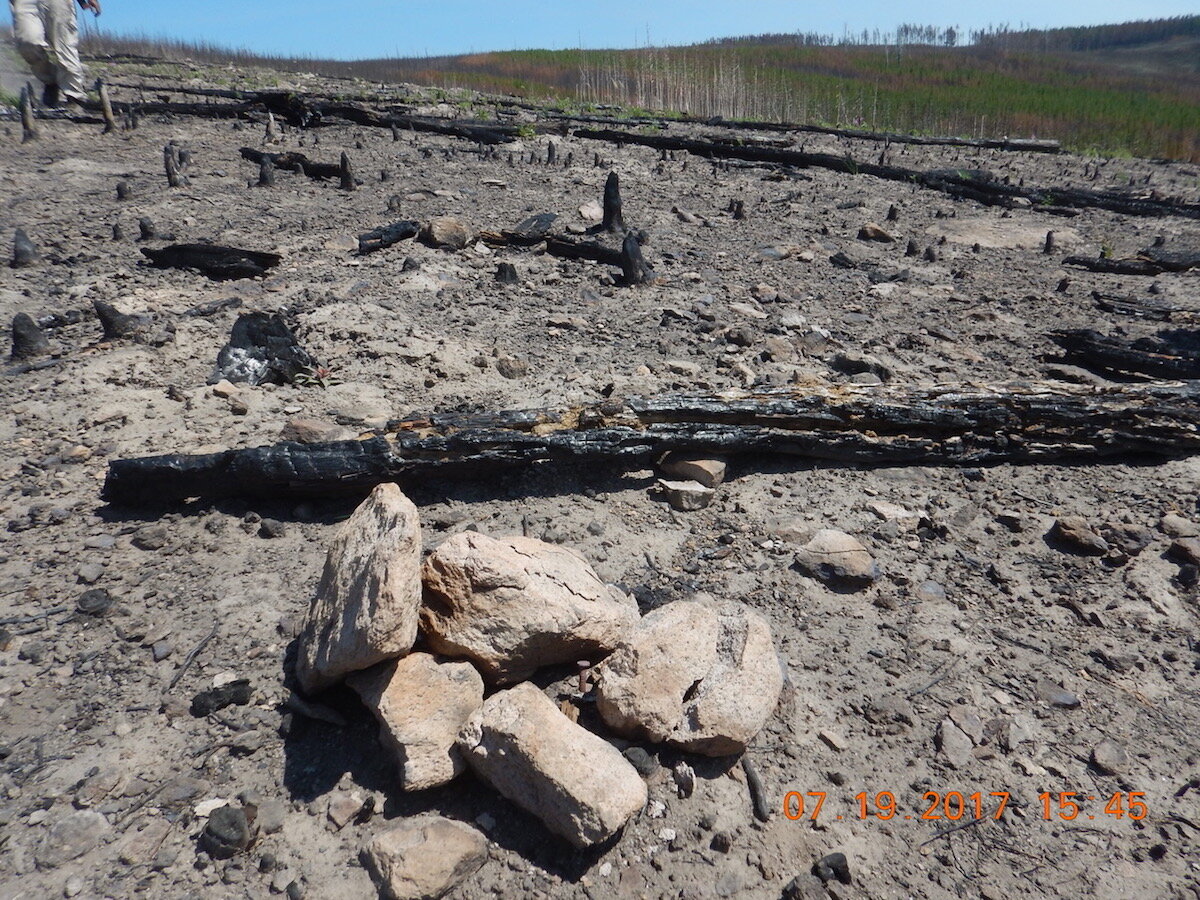BigHornRam
Well-known member
Interesting study but not really "unprecedented". Right conditions with an abundance of dry fuel on the ground will lead to extremely hot fires.
Curious to see how long it take for grasses to establish on these sites.

 phys.org
phys.org
Curious to see how long it take for grasses to establish on these sites.

Resilience of Yellowstone's forests tested by unprecedented fire
In August 2016, areas of Yellowstone National Park that burned in 1988 burned again. Shortly after, in October 2016, ecologist Monica Turner and her team of graduate students visited the park to begin to assess the landscape.




